Incense burning is one of the oldest traditions practiced by many communities across the world. Incense burning has been done for many years across different cultures and religions for different reasons, such as mediation, rituals, spiritual purposes, and during rites and ceremonies. To understand more about incense burners, this article will expound more on their history, types, and usage. We will also look at how to make them and how long they last.
What is an incense burner called?
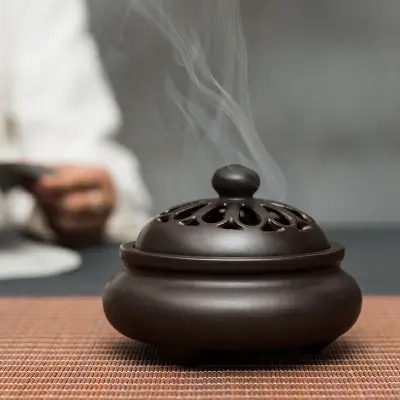
An incense burner is commonly known as a censer. An incense burner can also be referred to as a pastille burner or perfume burner. The vessel is made to burn perfume or fragrance, or what is generally described as incense in solid form.
Incense burners come in different makes, sizes, and materials depending on the people using them. Their composition ranges from fire pots and earthware bowls to carved gold and silver vessels. Incense burners can be small tabletop vessels only a few centimeters tall or can be a few meters tall.
Incense burner history
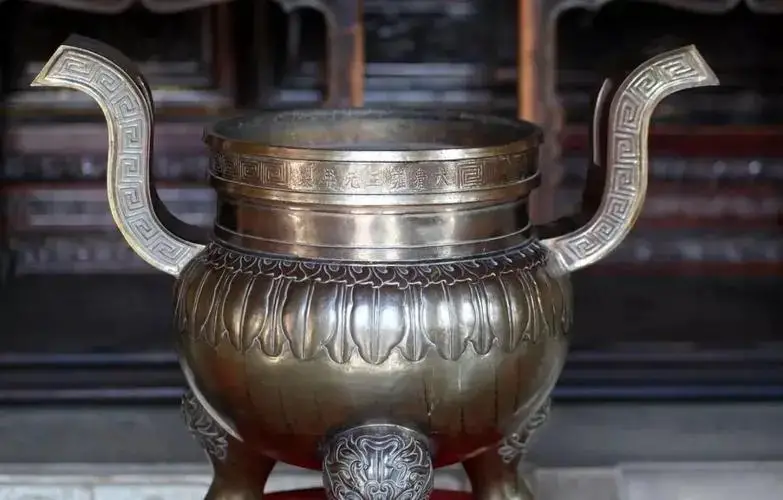
In Chinese history, the oldest censers date back to the mid-fifth to late fourth centuries BCE, which coincides with the Warring States period. The Early Chinese censers were crafted in the shape of a round and one-footed stemmed basin, a design taken from earlier ritual bronze items such as the sacrificial chalice.
The hill censer is one of the most popular early incense burner designs. It was designed during the regime of Emperor Wu of Han (r. 141-87 BCE). The hill censers used during that period were models of sacred mountains such as Mt Penglai and Mt Kunlun. The censers were crafted so that smoke coming out of them looked like mist or clouds swirling around a hill or mountain top.
Another renowned design was the small scenting globe, which looks like a pomander. It was designed by the famous craftsman Ding Huan (1st c. BCE). The censer was made with gimbal supports to ease the garment fumigation or the scenting process.
Other Chinese censers were shaped like animals or birds. The censers were designed so that incense smoke came out through the model animal’s or bird’s mouth.
In the Middle East, incense burners were used in both secular and religious settings. Additionally, they were widely used in homes and palaces. The earliest incense burner was excavated in Ghanza. It was shaped like a dish and had zoomorphic inscriptions. Such incense burners are believed to have been used in Tajikistan since the 11th century. The use of incense burners in the Middle East was inspired by Hellenistic incense burners and the Frankincense trade, which took place in the area from the 8th century BCE.
In Japan, incense burners referred to as Koros are mainly used during Japanese tea ceremonies. Another example is the egoro which is used by different Buddhist sects.
In Mesoamerica, incense burners were used both at home and during ceremonies, particularly in the Teotihuacan city between 100 and 600 AD. Additionally, incense burners were common in many kingdoms during the Mayan civilization. During that era, the burners were mainly made of ceramic.
Christians have also traditionally used incense burners in both the Eastern and Western Churches. The Eastern churches (Orthodox, Oriental Orthodox, and Catholic) continue to use censers that look the same in design as the thurible, which is used in Western churches. The censers used in both the Eastern and Western churches look like a coffee pots; the pot is suspended on chains.
Hindus are another group that has used incense burners for a long period. The Hindus use an earthen burner referred to as a Dhunachi. Coal or coconut husk is used to burn incense. The Dhunachi has a flared shape, has a curved handle and is open at the top, and is either made of silver or brass.
Different types of incense burners
There are different types of incense burners, and the preference for one type or another varies with tradition, culture, and personal taste. Below is a list of the different types of incense burners.
Boat Burners or Ash Catchers
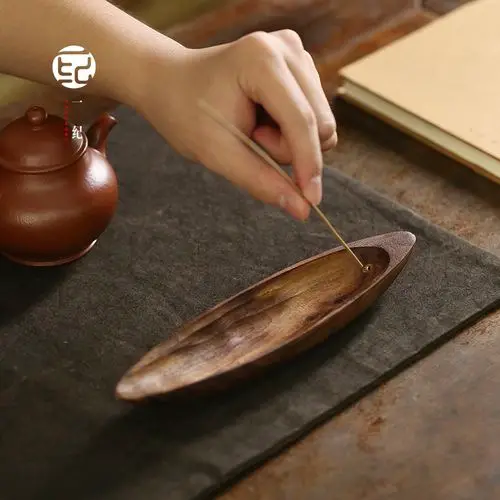
Boat burners are the most popular type and can be found in most homes that burn incense sticks. It is mainly used to hold sticks with bamboo reeds at the center. Boat burners are mostly made with wood but can also be found in ceramic, glass, stone, bone, and aluminum inlaid with brass and painted for aesthetics.
Bowl-shaped Incense Burner
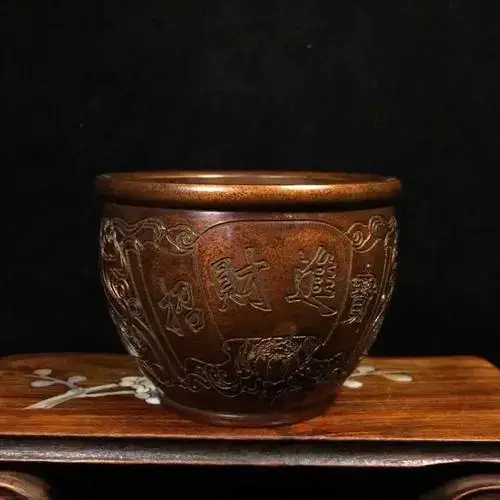
As the name suggests, this burner is shaped like a bowl, made from ceramic or brass, with a screen opening or ornate with a lid.
Coffin or Box Burner
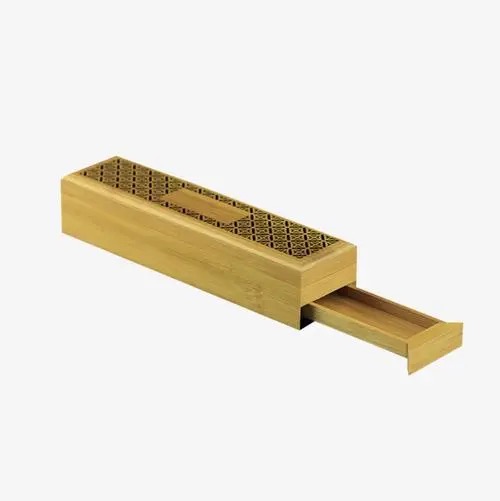
Box burners are versatile and might come with storage space under them. They are commonly hand-carved from wood and decorated to look appealing. Since most box burners are from India, they have brass hardware and decorative designs.
Tower Incense Burner
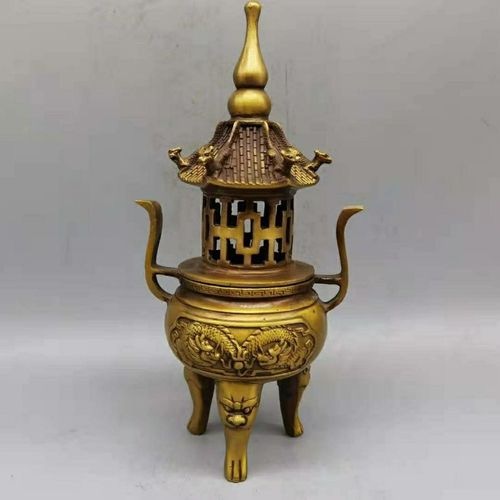
Tower incense burners are mainly made in India, and the top of the burner may have decorative ornamental elements that enable the smoke to drift through. The smoke also comes from the sides, and the bottom is removable to allow you to place the incense.
Coil Burner
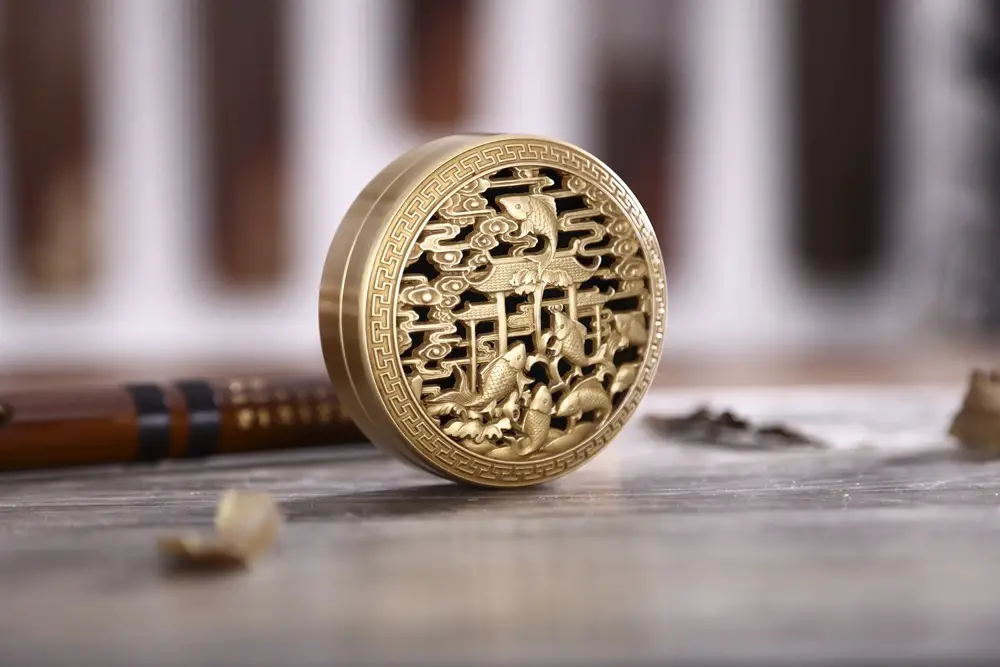
A coil burner is essential when using coils as it enables airflow around the coil, ensuring continuous burning. The most common design comprises prongs where the coil is placed.
Cone Incense Burner
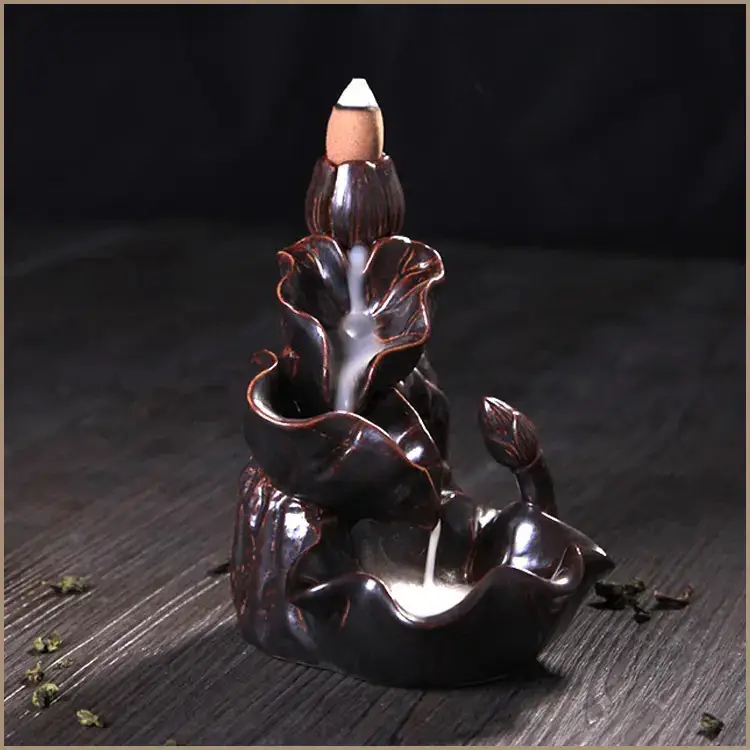
Cones burn completely to ash and it is important not to burn them in unprotected wood as it could pose a fire hazard. Cone incense burners should have metal inserts to protect the wood and should be wide enough, approximately 3 inches, so you can place the cone inside without burning yourself.
Electric Incense Burner
Electric incense burners are relatively new and provide an amazing way to burn resin. They do not need any fire to be lit, and you only place the resin in the burner and turn it on. Electric burners include safety features, such as adjustable temperatures and automatic shutoff timers, making them the easiest and safest to use.
Backflow Incense Burners
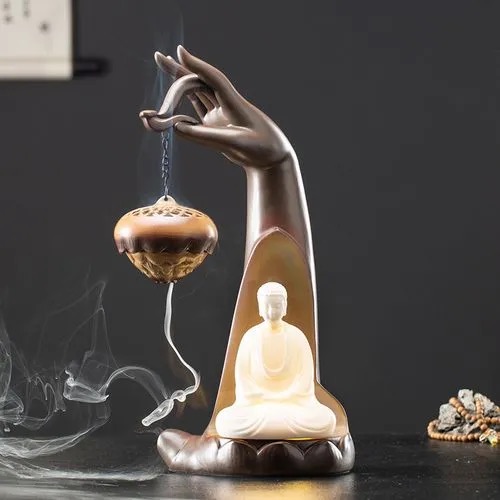
Backflow incense burners make things interesting since you get visual pleasure from the smoke effect. Using it only requires you to place a cone in the burner, and when it burns, the smoke flows through a set path.
Hanging Spiral Burners
The hanging spiral burner suspends in the air and spirals downwards due to its weight. It is not common, and you might spend some time looking for one.
Stone and Clay Incense Burner
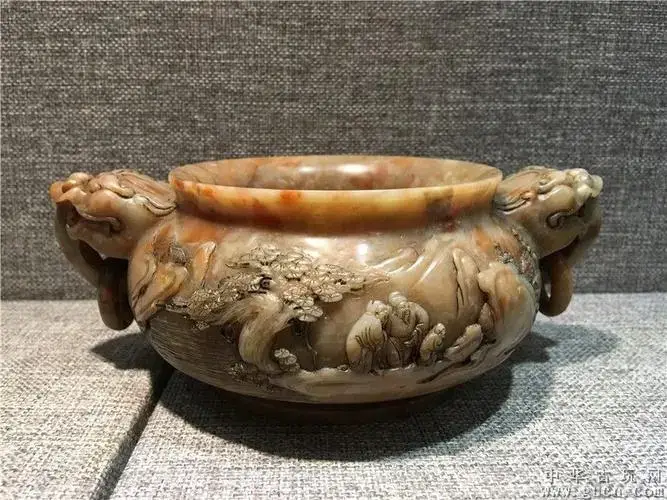
It comes in different sizes, shapes, colors, and holes for different incense. Since it is made with stone and clay, you should place it on a heat-resistant surface.
Smudge Bowls and Pots
Smudge bowls and pots are great for burning loose herbs on charcoal and resins. Remember to add sand or ash at the bottom so that it is completely fireproof.
Abalone Shells
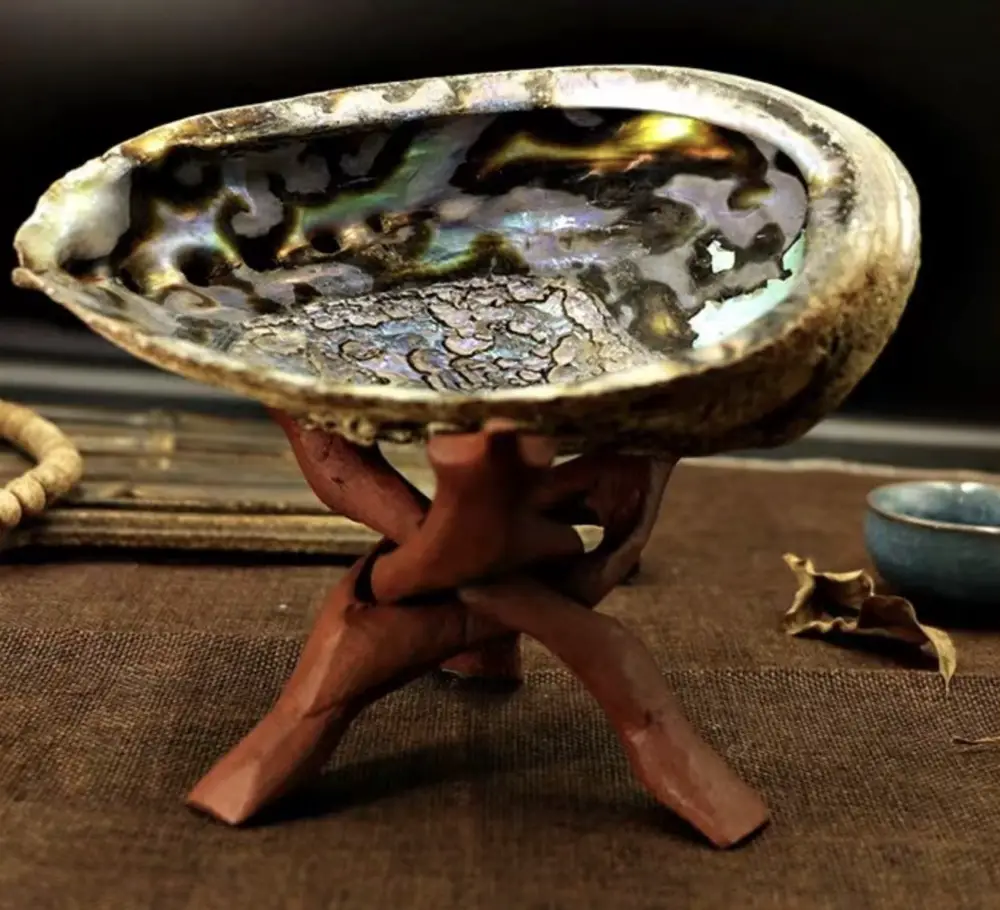
An abalone shell is an excellent vessel for holding sticks, loose herbs, and resins.
Brass Incense Burner
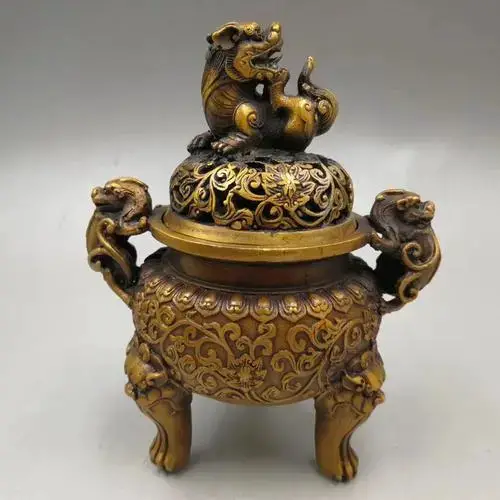
Brass burners have a screen top used for rope incense, small smudge sticks, and cones.
Japanese Incense Burner
As the name suggests, this burner is traditionally from Japan.
Resin Incense Burners
The resin burner is used to burn resin, either powdered or granulated. It comes in different shapes, and one should add sand or ash at the bottom for the best results.
How to use incense burners
There are different types of incense burners, as discussed. Using incense burners depends on the types of incense being burned. For stick incense, you simply ignite it with a flame and blow it out once it starts producing smoke, and the incense burner is then used to catch the ash. For cone incense, incense burners should be fire resistant to avoid burning. It would be best to put some sand or ash at the bottom of the burner when burning powdered incense to prevent it from burning.
For home use, incense burners can be placed on a raised surface, such as a tabletop, to allow the fragrance to spread through the house. For ceremonies involving many people, the one presiding over the service moves around with the incense burner to direct the smoke into the crowd. Generally, incense burners hold the incense in place and allow the distribution of the sweet-smelling smoke.
How to make incense burners
Different types of incense burners are available for purchase. However, if you want to make an incense burner, you should take note of a few things. First, you need to determine the type of incense you want to use, either cone, stick, or loose incense. Cone and loose incense need brass burners, and stick incense can burn perfectly on a flat piece of wood. With this understanding, you can make the burner from suitable materials and vessels in your house.
How long do incense burners last
Incense burners vary in size, material, and make, and how long they last will depend on their composition. Those made from brass may last longer than clay and stone ones, since the latter are prone to breaking.
Conclusion
If you like burning incense, now you are more knowledgeable about incense burners and their history. Understanding the different types is important so you can choose the one suited best for your incense. Importantly, ensure that burning incense does not result in fire hazards or injuries.